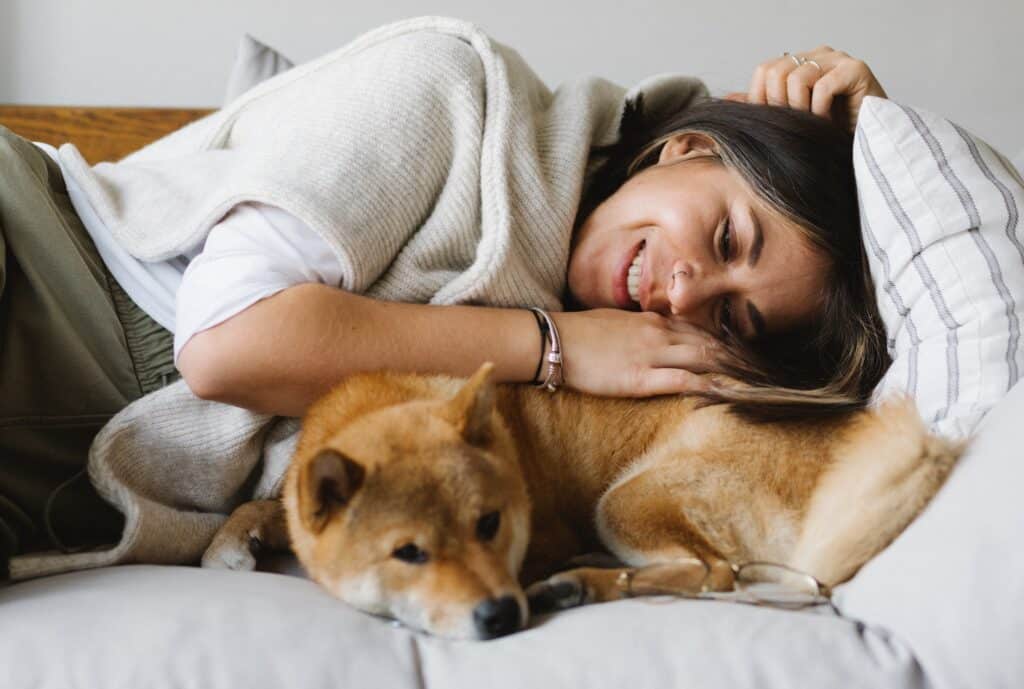
Bringing home a rescue dog is a heartwarming experience. However, it comes with its own set of challenges, especially if your new furry friend isn’t familiar with crate training.
Crate training is a valuable tool for both your dog’s safety and your peace of mind. It provides a secure and comfortable space for your dog while helping with potty training and separation anxiety.
If you’re new to crate training, don’t worry. As an experienced therapy dog trainer, I’m here to guide you through the process with some helpful tips.
10 Tips for Crate Training A New Dog
1. Choose the Right Crate
Start by selecting an appropriately sized crate for your rescue dog. It should be large enough for your dog to stand, turn around, and lie down comfortably. A crate that is too big may not feel secure.
2. Introduce Your Dog to the Crate Gradually
Place the crate in an area where your dog spends time and leave the door open. Encourage your dog to explore the crate by placing treats or their favorite toys inside.
3. Make the Crate a Positive Space
Feed your dog near the crate to create a positive association. You can also put your dog’s bed or blanket inside to make it more inviting.
4. Start Crating for Short Periods
Begin by closing the door for short intervals while your dog is inside, gradually increasing the amount of time. Stay nearby to reassure your dog if needed.
5. Use Treats and Praise
Reward your dog with treats and praise when they enter the crate willingly. This reinforces the idea that the crate is a safe and pleasant place.
6. Practice Crate Time During the Day
Incorporate short crate sessions during the day, gradually extending the duration. This helps your dog get used to being crated when you’re not at home.
7. Crate at Night
Start crating your dog at night to help with sleep and potty training. Put the crate near your bed so your dog feels comfortable with you nearby.
8. Don’t Force Your Dog In
Never force your dog into the crate. Crate training should always be a positive experience, and forcing your dog may lead to fear and resistance.
9. Provide Chew Toys
Offer chew toys or puzzle toys to keep your dog occupied while in the crate. This can help prevent boredom and anxiety.
10. Be Patient and Consistent
Crate training takes time, especially with rescue dogs. Be patient, consistent, and understanding of your dog’s needs and progress.
Leave a Reply